| Manufacturer | Ronda |
| Caliber Number | 2030.D |
| Movement Type | Quartz, solar-powered, chronograph |
| Lignes | 12.5”’ |
| Diameter |
28mm |
| Height |
4.4mm |
| Jewel Count |
13 |
| Frequency |
32,768 Hz |
| Accuracy Rating |
-10~+20 seconds/month |
| Power Reserve |
5 month on a full charge |
| Capacitor |
MT920 (lithium metal battery) |
| Hand Count | 6 |
| Hand Sizes |
1.5mm / .90mm / .25mm / 3 x .20mm |
| Functions | Central hours; central minutes; central chronograph seconds; small running seconds subdial at 3:00; 30 minutes chronograph counter subdial at 9:00; 12 hour chronograph counter subdial at 6:00; date at 4:00 or 6:00 |
| Chronograph Layout |
3-6-9 |
| Hacking Seconds? |
Yes |
| Finishing |
Gold plated |
| Country of Manufacture | Switzerland, Swiss made |
| Known Models |
(Add your watch to the comments below…) |
The Ronda caliber 2030.D is a solar-powered quartz chronograph movement. This calibre is part of Ronda’s Solartech Series 2000 and was introduced on June 11, 2024.
Some of the topics covered in this caliber listing:
Swiss Made:
Ronda is known for offering watch brands a lower cost Swiss Parts option. Swiss Parts movements are assembled in Thailand (information confirmed by Ronda), while still allowing watch brands to have a competitive edge with the “Swiss” label on the watch.
However, at this time, the 2030.D is only available as a Swiss Made movement. As per their press-release:
“The Solartech Series 2000 Chronograph calibers are all engineered, produced and assembled by RONDA and carry the Swiss Made quality stamp. Each movement is passed through the ISO 9001 quality control system, ensuring the most rigorous quality standards.” -Ronda Solar Press-Release, June 2024
2030.D VS 2040.D:
There is a similar caliber 2040.D with the main difference found in the 6:00 chronograph subdial:
- 2030.D – 12 hour counter
- 2040.D – 10 hour counter with 1/10 seconds
5030.D Compatibility:
As a major supplier of quartz chronograph movements for various watch brands, Ronda did something impressive with the development of the 2030.D – they made sure it is fully compatible with the popular Ronda Startech 5030.D. This means that brands currently designing watch cases and dials for the 5030.D, can easily start offering a solar-powered option in their line-up. The dials, of course, will need to be tweaked to allow for light to reach the solar cell underneath, but all of the holes will line up, same hands, etc.
This means that theoretically you could mod a 5030.D watch to become solar-powered by swapping the movement with a 2030.D, but you will have to solve for the dial which needs a certain level of transparency for the light to penetrate the solar cell.
Ronda states that the recommended dial transparency is between 25% ~ 40% for optimal charging. In other words, the minimum light transmission should be 25%.
Technology:
Some of the features of the 2030.D are:
Quick Start:
If the power in your watch is depleted to the point where it has fully stopped (always avoid this scenario), the quick start function makes it so the watch starts running again after only one minute of exposure to sunlight.
Overcharge Protection:
Once the capacitor (aka rechargeable battery) reaches full capacity, it cannot be overcharged. This technology has been used by other solar-powered movement makers, but here is how Ronda describes the functionility in their movements:
“One of the many benefits of the Solartech Series 2000 of solar-powered chronograph movements is in the advanced technology developed to protect the battery from overcharging. Additional developments prevent deep discharge and sudden drops in performance. Together, these advances ensure reliability, accuracy and a long service life of the movement.” Ronda Solar Press-Release, June 2024
Mono-Solar Cell aka Monocell:
Caliber Corner is still unsure of exactly how this solar cell differs from existing solar cells on the market, but Ronda’s official description is: “RONDA’s innovative mono-solar cell technology adds further flexibility, giving designers the freedom to choose dial layouts and materials.”
Further elaboration on the Monocell comes directly from Ronda’s Product Manager:
“RONDA has developed unique charging electronics that enables the use of single-cell solar cells (monocell) and a stable charging behaviour. Multi-cell solar cells are typically used in solar movements but have the disadvantage that as soon as one segment is covered (i.e. not exposed to light), the solar cell can no longer deliver enough power to charge the secondary (rechargeable) battery. This isn’t the case with a single-cell solar cell, where only partial area exposure to light is needed to charge the battery. Why did we opt for this type of cell? The reason was to offer watchmakers more freedom and flexibility in selection of dial types and designs. As an example, you can use a combination material dial which is part transparent and part non-transparent. Another point about the monocell is that you don’t see any cell sections on the cell if you choose a very high transparency dial.”
Who developed the tech in the 2030.D?
The technology that Ronda is boasting for the 2030.D is similar to what the watch community has seen from Japan based movement producers for years now – the main difference appears to be that the 2030.D is Swiss made.
Which raises the question, did Ronda develop the 2030.D entirely from scratch on their own? Or, did they license existing technology from non-Swiss manufacturers?
Update 11/6/24:
Ronda reached out to Caliber Corner with an answer to the tech question above:
“As an independent company, RONDA develops its own movements. The 2030.D is not based on an existing non-Swiss solar movement. RONDA designed and developed the 2030.D movement on their own. This also applies to the charging electronics of the solar movements.”
Power Reserve:
The 2030.D will last up to 5 months on a full charge. This may vary depending on how much you use the chronograph function on your watch.
As mentioned above, the “Quick Start” feature will get the watch started after only 1 minute of sunlight, while just 3 minutes will garner a full day of runtime. 10 hours of charging in direct sunlight (always be careful that the watch doesn’t get too hot, particularly the dial), will render the watch fully charged. You can use artificial light sources indoors as well, but it will take much longer to reach full capacity.
Ronda’s Product Manager goes on to explain:
“The reality is that a fully charged battery will run out of power in more than 5 months if stored in complete darkness. In addition, if you store the watch in compete darkness with a pulled-out stem (power save mode), it will take 3-4 years before the battery runs out of. I am not sure why you mention the chronograph function? Using the chronograph in a watch with a primary (non-rechargeable) battery will of course drain the battery and reduce the battery autonomy, leading to the need for battery replacement. But in the case of solar watches, using the Chronograph while the watch is being exposed to light will not necessarily drain the battery as it is constantly being charged. Of course, the battery will run out faster if you leave the chronograph running and store the watch in complete darkness.”
Service Notes:
Crown/Stem Removal:
When extracting the crown and stem from the 2030.D, be sure to have the crown in the neutral position (aka position 1).
Hand Installation:
“The use of supporting screws is essential when mounting the hands.” -Ronda tech sheets
The hand-pressing pressure/torque is <40N for the main hour and minutes hands; <30N for all other hands.
Additional Resources:

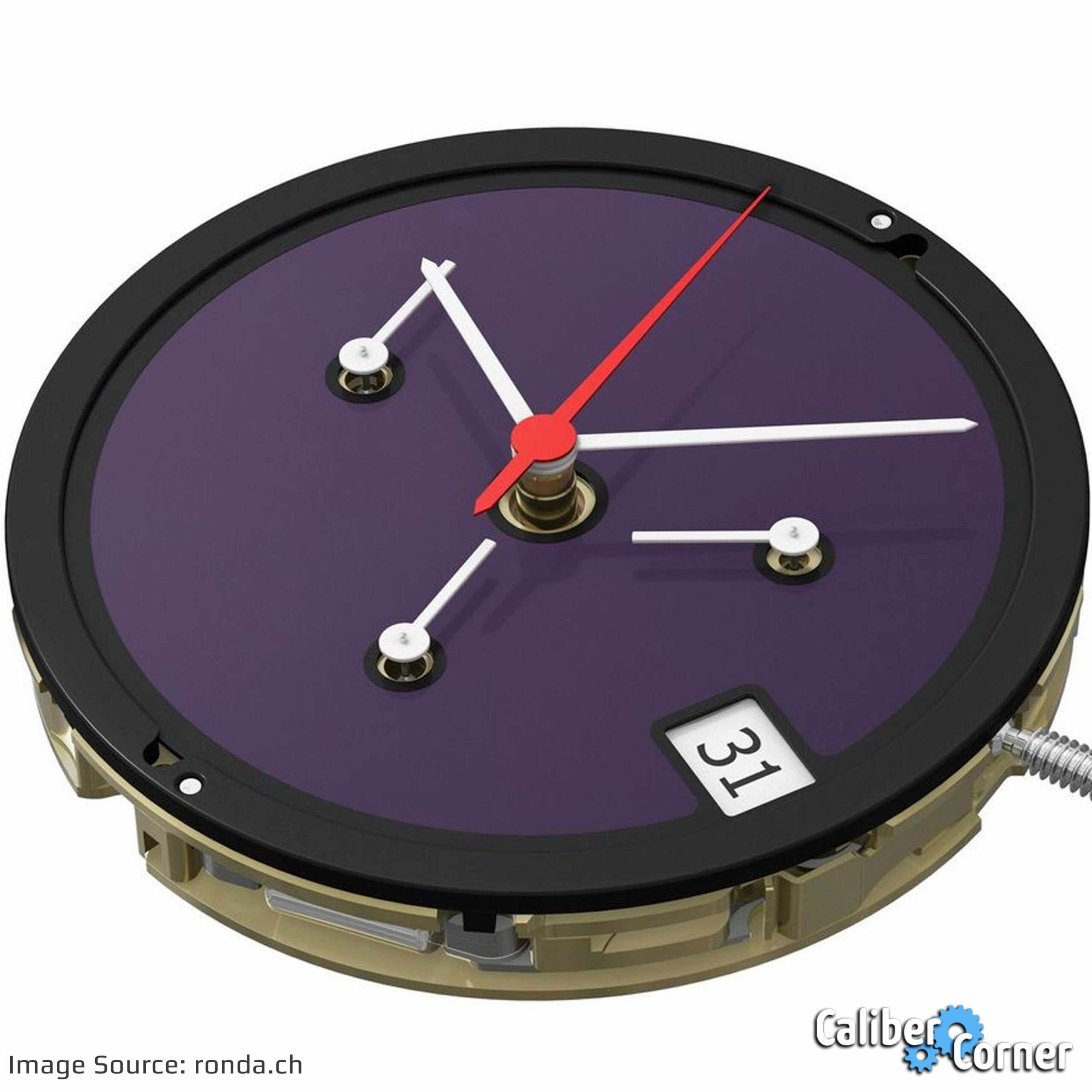
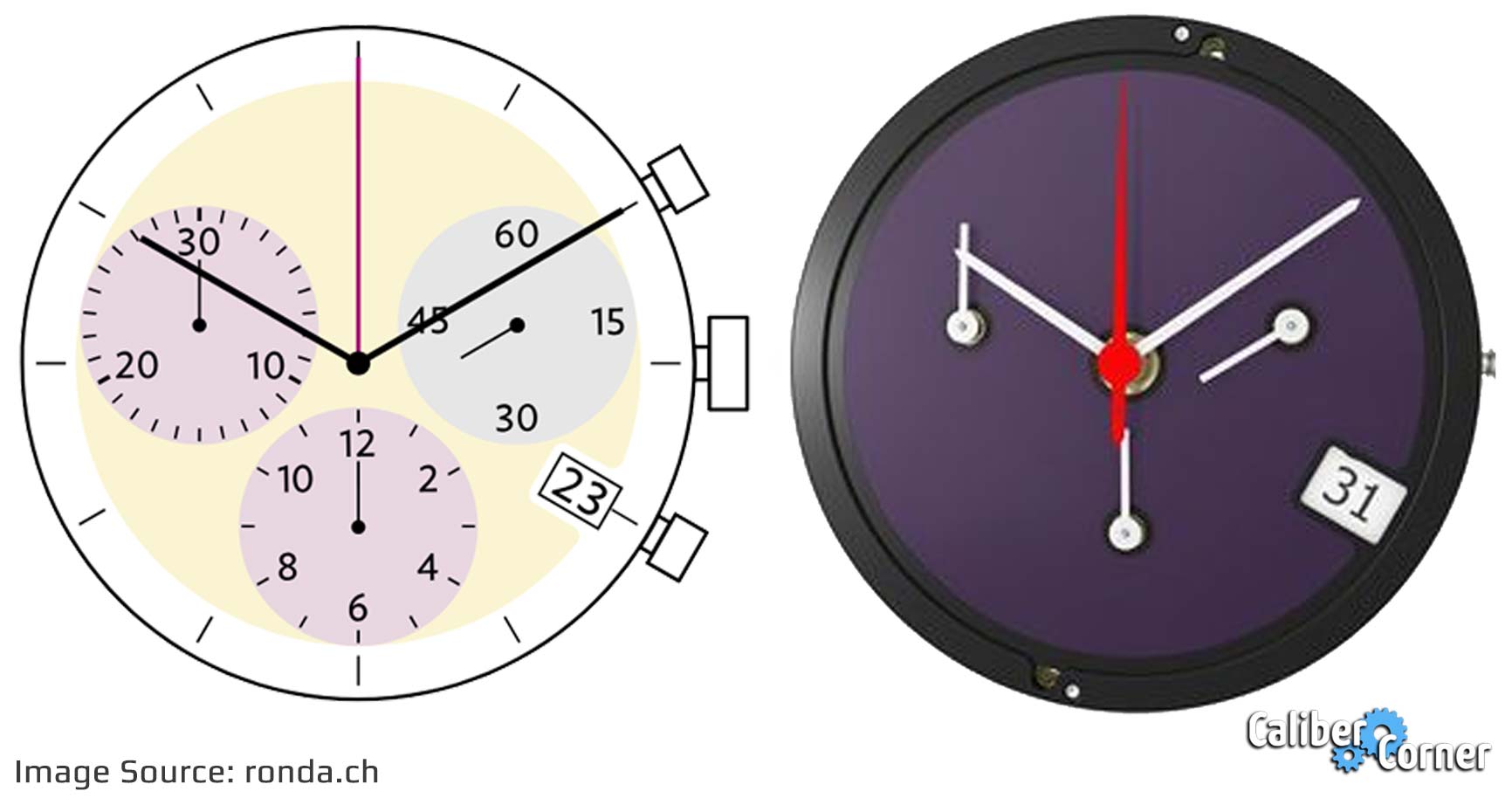
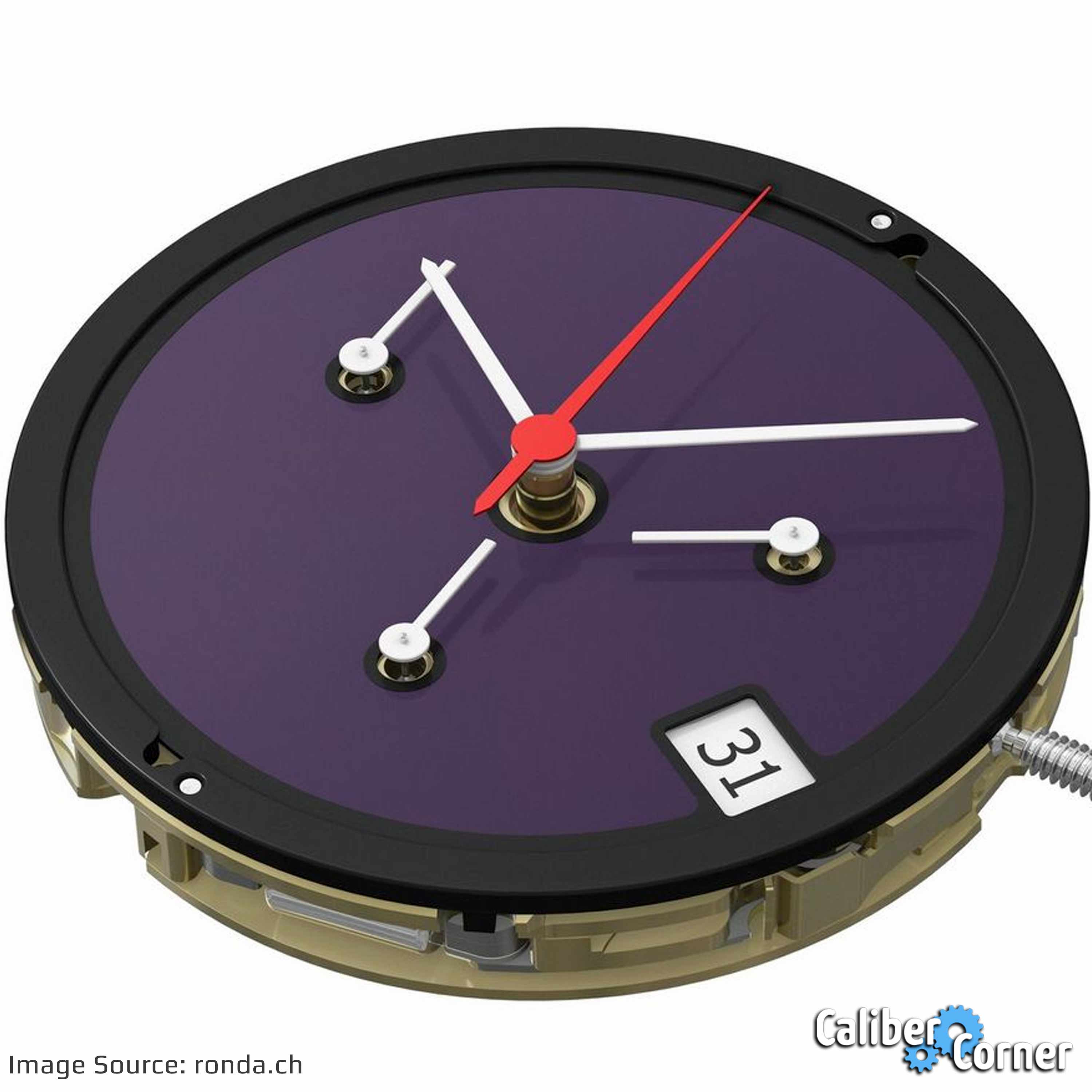
 network of watch sites
network of watch sites




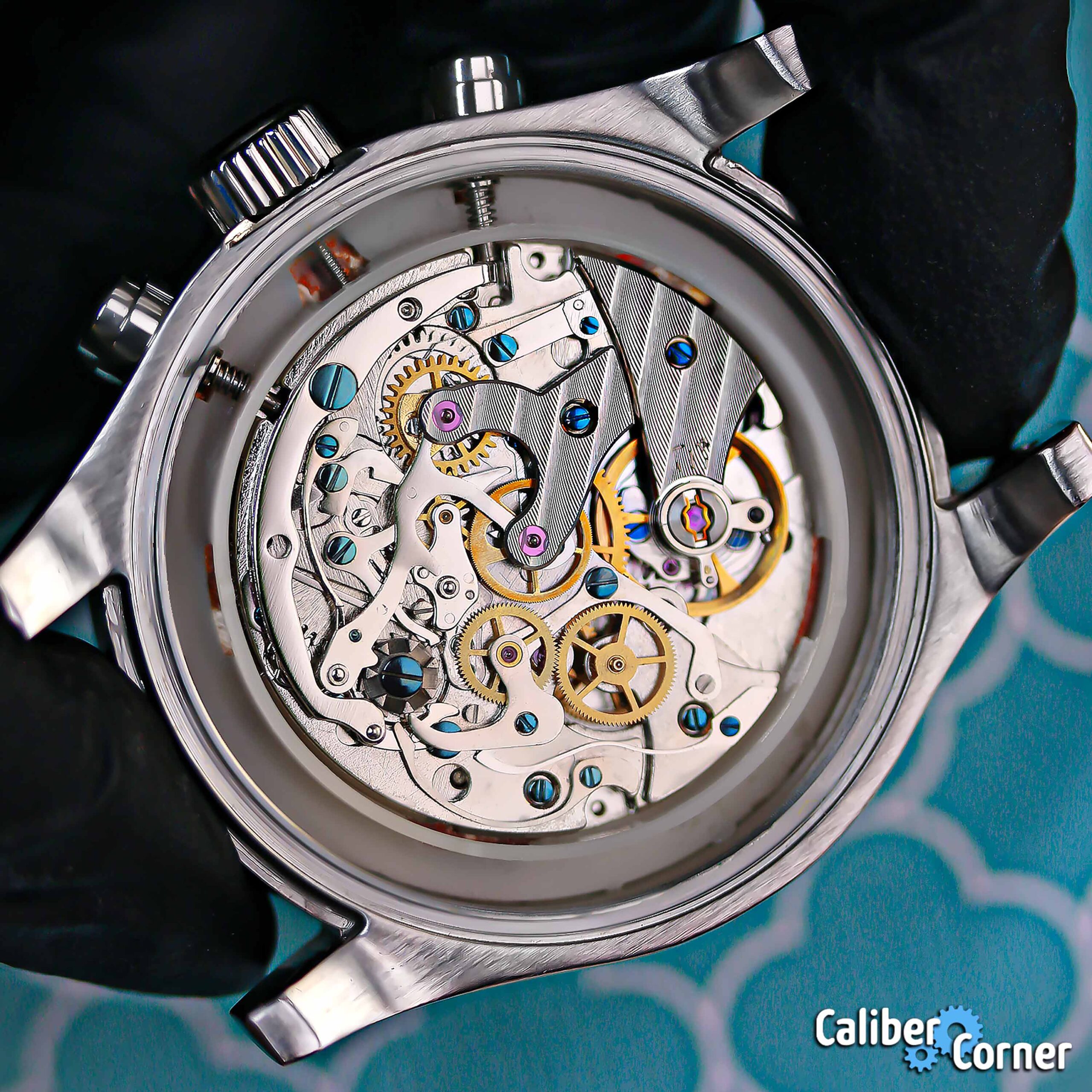
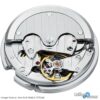


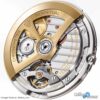

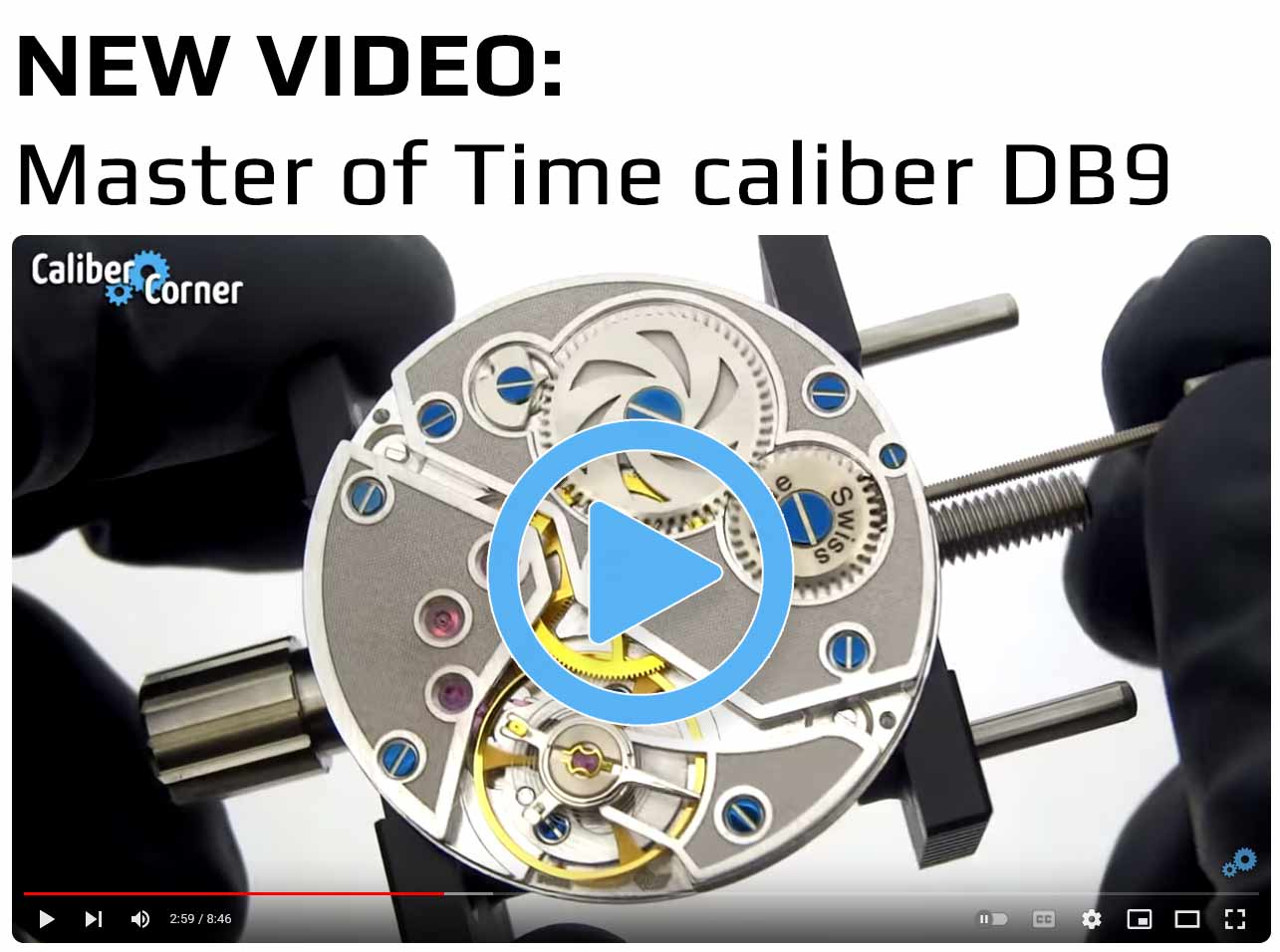


Recent Comments
A picture on the website claims the 3032 is based on the SW330 (unclear if…
it is not about seeing it. I guess you would buy a Ferrari with a…
so that the wearer is aware of the overall beauty of the 'machine'... historically, the…
Plus tariffs, poor yanks!
Not a typo and it's for stainless steel!
This calibre is also in my Ahoi Atlantik 557 (now discontinued) 40mm watch. Many sites…
Thank you for catching that and helping to make the site better